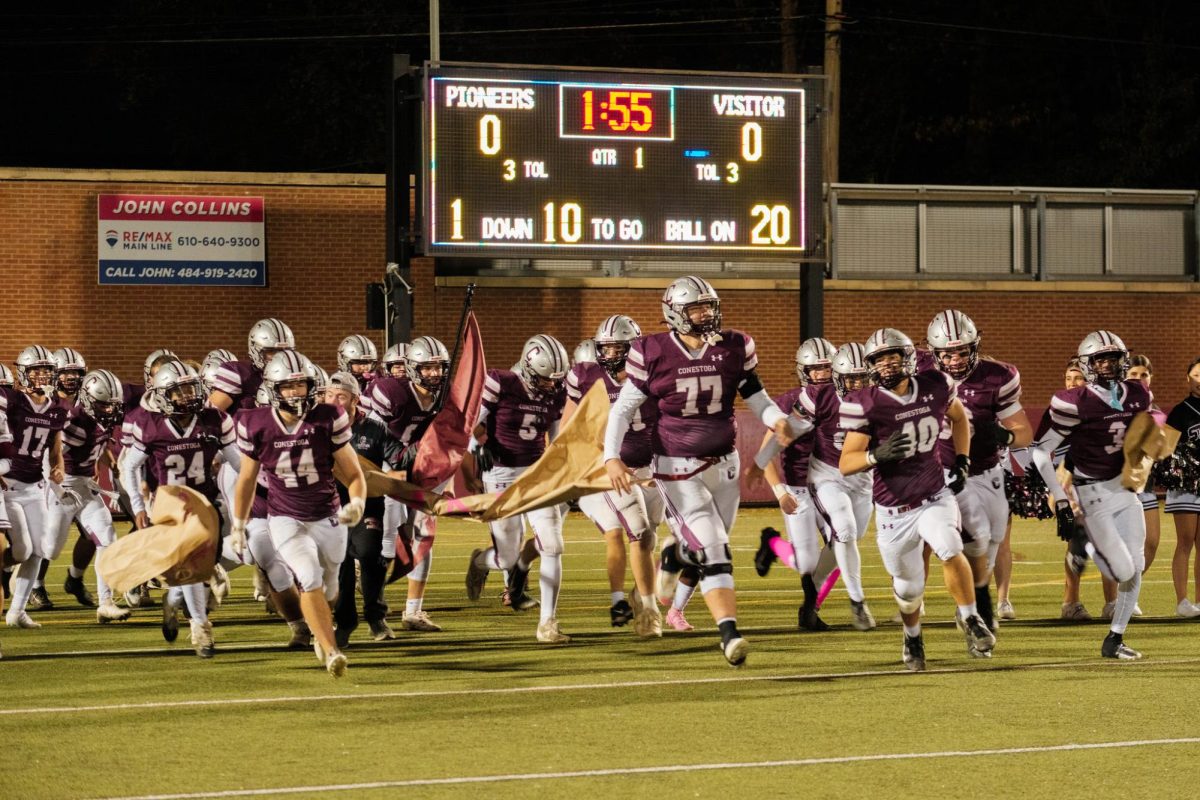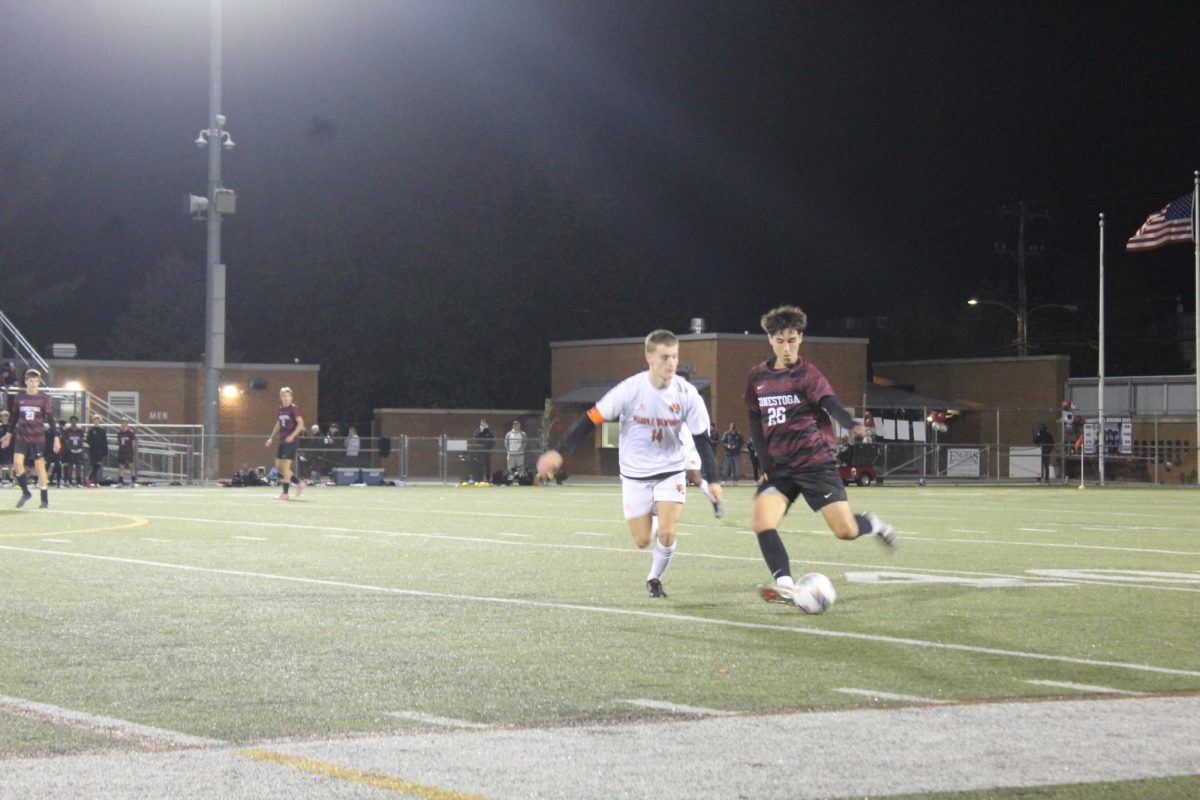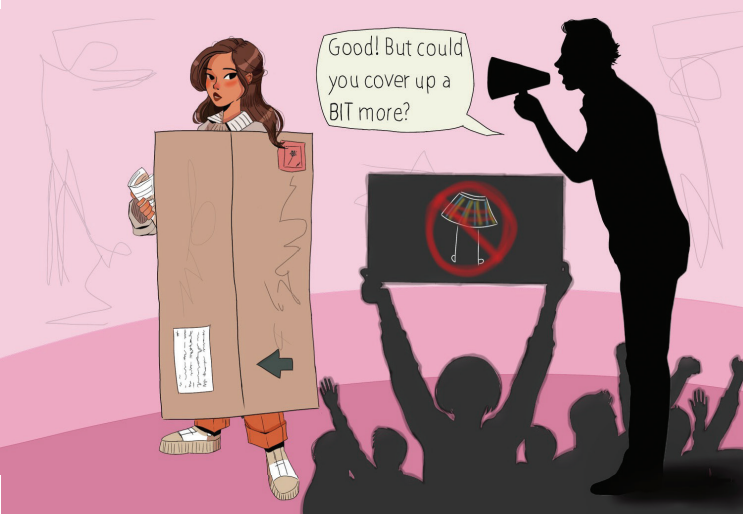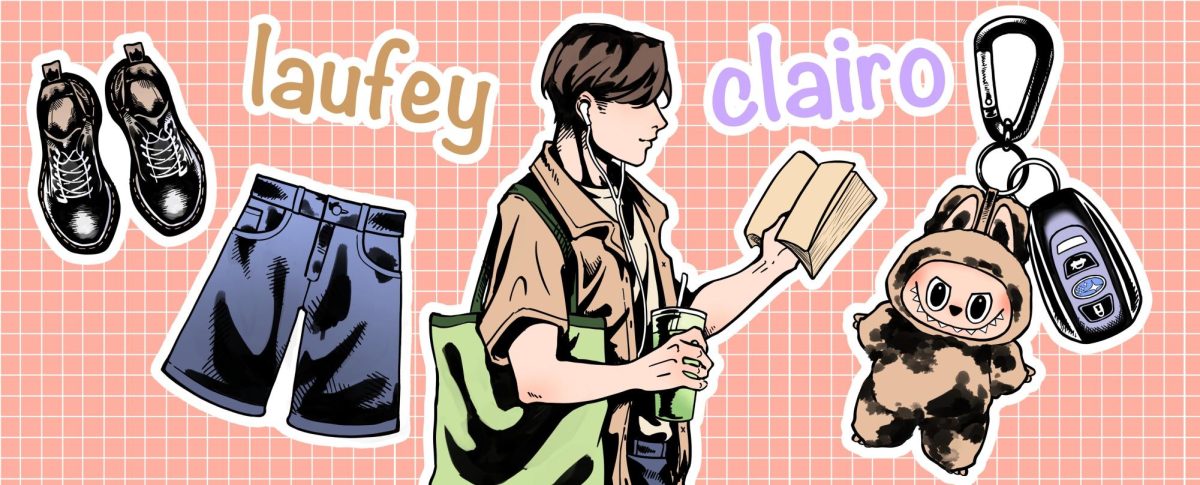By Aashita Singh, Staff Reporter
Imagine this: you’re walking to your next class in a good mood when suddenly, a teacher approaches, telling you to wear a jacket over your crop top. In a condescending tone, they tell you that students shouldn’t be wearing “bikinis” to school.
Every school has a dress code of some type. A dress code prohibits students from wearing certain clothing for several reasons, manyof the reasons being the clothing is revealing, unprofessional or harmful. Several dress codes seem to target girls and push a biased narrative of what professionalism is. This targeting starts to add questions about why these dress codes are pushed onto students.
Many school administrations believe that the clothing students wear could disrupt education because it is possibly too revealing and distracting. It could be understandable if the student is coming to school wearing only a bra but, let’s be honest, how many times do you see a student come into the school just wearing a bra? Instead, many students find themselves in a position in which they have to cover up because they’ve shown too much cleavage in the school administration’s opinion.
For example, in 2018, Braden High School student Lizzy Martinez decided to come to school wearing a long sleeved shirt and no bra. She was pulled out of class and told to cover up with another shirt. Her decision not to wear a bra to school that day was “distracting,” according to Martinez’s recount to USA Today of what her math teacher said to her.
The policing and sexualization of young girls’ bodies sparks a complex debate on whether it was acceptable for Braden River High School to tell a 17-year-old girl to cover up because they could see an outline of her nipples. It is safe to say that what Braden River High did was unacceptable. Their actions sexualized Martinez’s breasts, and to excuse their behavior, they made the age-old sexist justification that she was distracting other students.
Another reason many schools possibly police students’ clothing is for professionalism. Some schools have made it clear that restrictions over revealing clothing intend to keep students professional and modest.
The idea of professionalism and modesty is more of a moral question. Everyone has their own idea of what professionalism and modesty are and what it means to dress in such a way for school. For some students, wearing a large hoodie and jeans is modest, and for another student, a crop top and a skirt are. Fashion has allowed people to express what professionalism and modesty are to them. Hence, forcing students to adhere to the administration’s definition of professionalism and modesty seems incorrect.
Now, the entire concept of a dress code itself is not a bad idea. It makes sense that we should limit certain clothing to students to make the school a safe space. For example, if a student were to wear clothing that promoted a terrorist organization that made individuals worried for their safety, it’s understandable for the administration to ask the student to wear something else.
However, that means the dress code should only be enforced if students and staff are seriously impacted through the meaning of the clothing, not if it is unprofessional, immodest or distracting in the staff’s eyes.
Above all, U.S. public school dress codes are confusing. There needs to be a change on what school administration can police. Since schools are trying to enforce a dress code through what their administration deems unprofessional or distracting, the regulations either come across as too biased or sexist. Enforcing a dress code that simply limits harmful phrases and speech is more understandable.
Aashita Singh can be reached at [email protected].






















































































